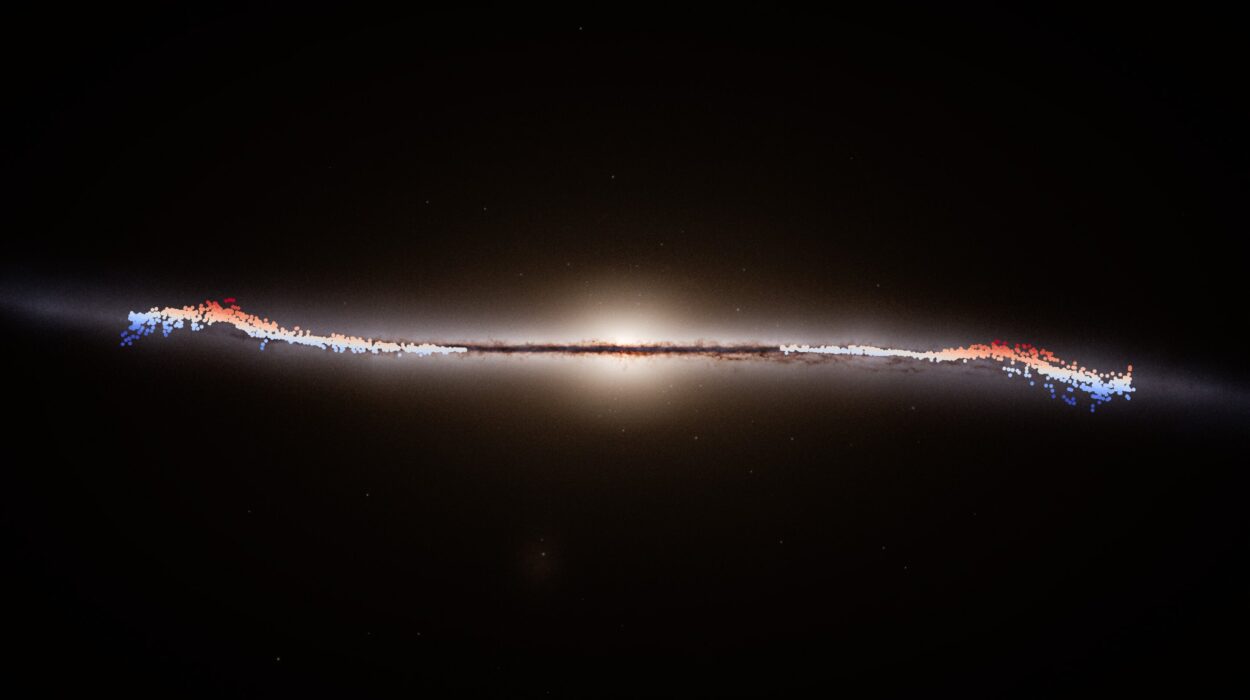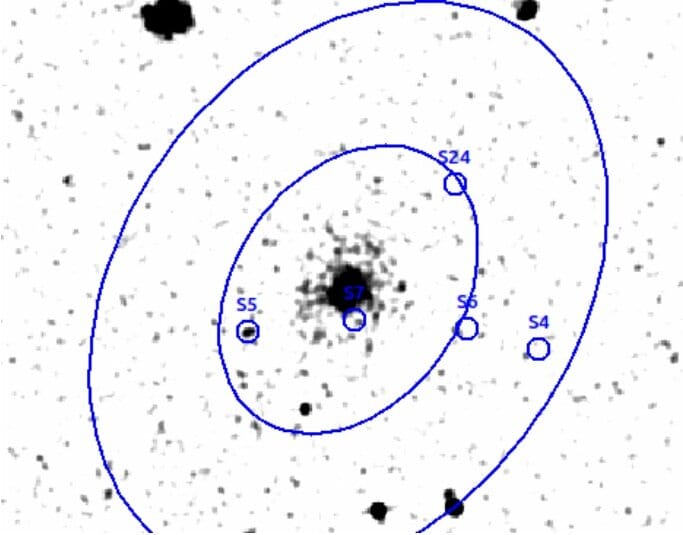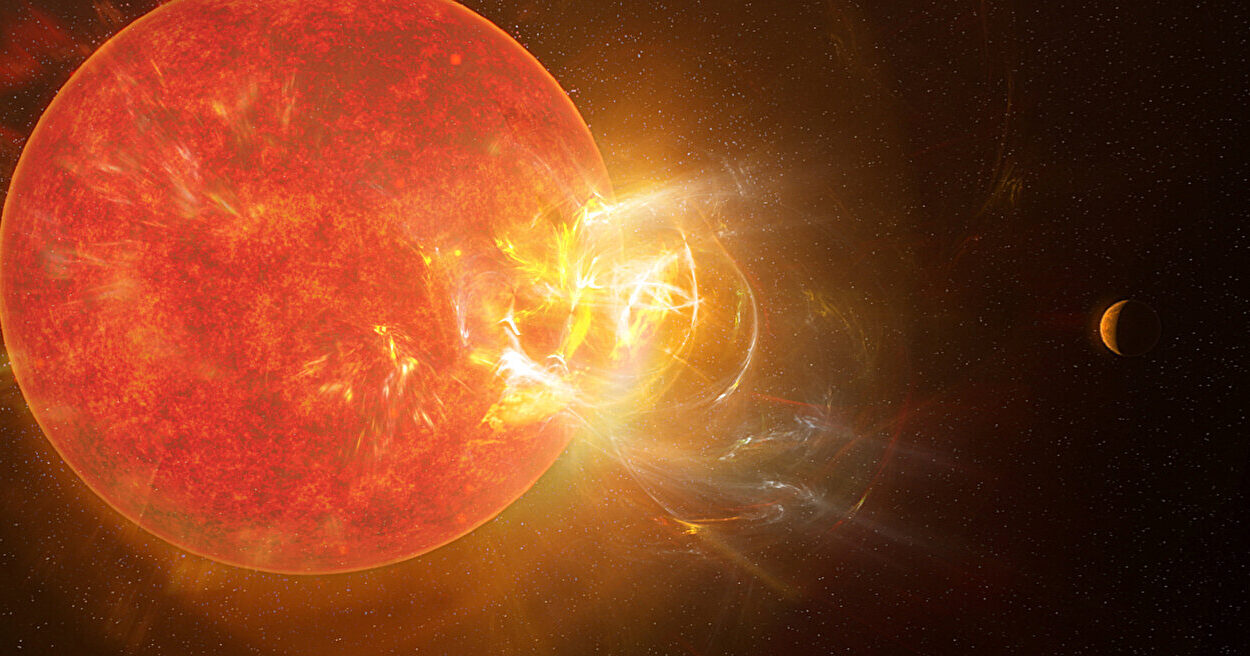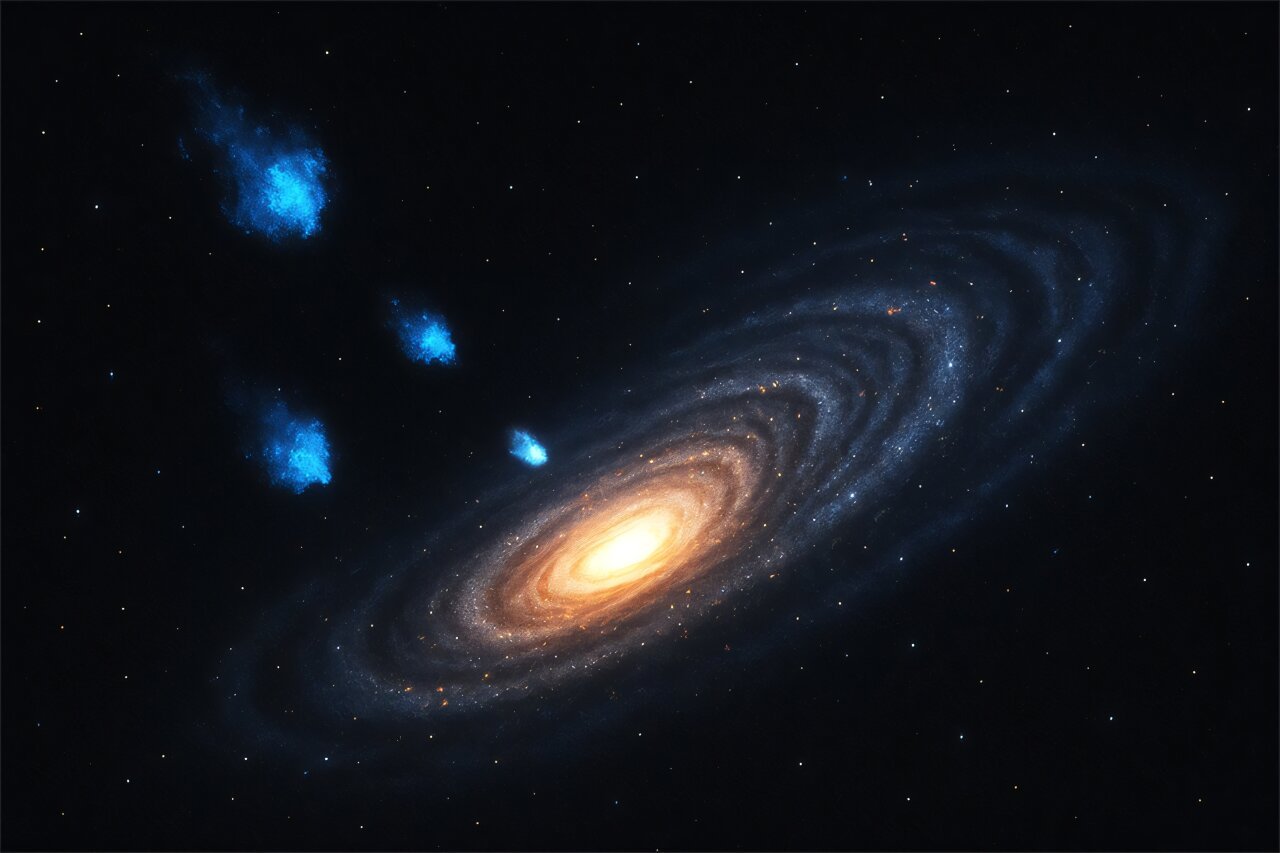For nearly half a century, the night sky has whispered secrets through sudden bursts of high-energy X-rays, fleeting and enigmatic. These events, known as fast X-ray transients (FXTs), appear without warning, shining brilliantly for mere seconds to hours before fading into darkness. Despite advances in astrophysics, their origin remained a mystery, a cosmic riddle that teased astronomers around the globe.
Now, an international collaboration of astrophysicists—led by Northwestern University and the University of Leicester in England—has illuminated a crucial piece of this cosmic puzzle. Using a global network of telescopes both on Earth and in space, these scientists have traced an FXT to the explosive death of a massive star, revealing the birth of a hidden jet trapped within a supernova. This discovery promises to rewrite our understanding of the violent, luminous deaths of stars and the complex symphony of cosmic explosions.
When Stars Die, They Make Light—and Mystery
Massive stars, those with tens of times the mass of our sun, live fast and die spectacularly. Their final moments often culminate in a supernova—an explosion so bright it can outshine entire galaxies. But within these fiery deaths lurk even more powerful phenomena: jets of particles moving near the speed of light that, if successful, burst through the star’s outer layers and produce gamma-ray bursts (GRBs). These GRBs are the universe’s most energetic explosions, releasing more energy in seconds than the sun will in its entire lifetime.
Yet, not all jets succeed.
Some jets get trapped inside the star, stifled by the dense layers, failing to break free. These “failed” jets emit energy too weak to be seen as gamma rays, but strong enough to create bursts of X-rays—the elusive FXTs. Until now, astronomers had only speculated about these hidden, failed jets. The recent observations have provided concrete evidence linking FXTs to these mysterious trapped jets, bridging a long-standing gap in our understanding of stellar explosions.
The Einstein Probe: A New Eye on the X-ray Sky
Decades of FXT detections were sparse and serendipitous, limiting detailed study. Enter the Einstein Probe, a revolutionary space telescope launched in January 2024 by the Chinese Academy of Sciences in partnership with the European Space Agency and the Max Planck Institute for Extraterrestrial Physics. Designed specifically to monitor the X-ray sky, this probe increased the number of known FXT events tenfold within its first year—turning a trickle of discoveries into a flood.
Shortly after its launch, the Einstein Probe detected the closest FXT ever associated with a supernova, labeled EP 250108a, located 2.8 billion light-years away in the constellation Eridanus. Its relative proximity allowed astronomers an unprecedented opportunity to study the event in exquisite detail across multiple wavelengths, from X-rays to infrared light.
The Afterglow of a Celestial ‘Kangaroo’
To unlock the secrets of EP 250108a, a global network of telescopes sprang into action. Instruments such as the FLAMINGO-2 spectrograph at Gemini South, the Gemini Multi-Object Spectrograph at Gemini North, the W.M. Keck Observatory in Hawaii, the MMT Observatory in Arizona, and the James Webb Space Telescope (JWST) combined their strengths to paint a full portrait of the event.
At the heart of this cosmic drama was a supernova dubbed “the kangaroo,” named for its energetic and bounding luminosity. As it brightened over several weeks before fading, the kangaroo revealed clues hidden in its light spectrum. JWST’s sensitive infrared observations detected helium and carbon inside the explosion—unexpected ingredients that suggested the supernova’s progenitor was an enormous star, likely part of a binary system before its final death throes.
The team identified the supernova as a broad-lined Type Ic—a category often linked to powerful GRBs—but here, curiously, no gamma-ray burst was detected. Instead, the trapped jet inside the star had generated the FXT, a “failed” burst whose lower energy signature was visible only in X-rays.
Failed Jets: The Quiet Powerhouses of the Universe
Jets have long fascinated astrophysicists. When successful, they pierce through their star’s layers, unleashing dazzling gamma-ray fireworks that announce the star’s demise across the cosmos. But the trapped jets—cocooned by their dying stars—emit a subtler signal, a whisper instead of a roar. These failed jets create fast X-ray transients, a phenomenon that now finds a concrete astrophysical home.
The discovery that FXTs arise from these failed jets reshapes the landscape of cosmic explosions. It suggests that while some massive stars end their lives with brilliant GRBs, many more produce hidden jets, generating FXTs. This challenges the previous notion that GRBs dominated jet-driven stellar deaths, highlighting a richer diversity of outcomes in star explosions.
The Progenitor: A Massive Star’s Final Story
Pinpointing the star that gave birth to EP 250108a and its supernova was no small feat. Observations from Chile’s Southern Astrophysical Research Telescope revealed a progenitor star weighing roughly 15 to 30 times the mass of the sun. Such massive stars live turbulent lives, often shedding mass through winds or interactions with companion stars before their cataclysmic end.
The presence of helium and carbon, coupled with the characteristics of the supernova, points to a complex evolutionary path shaped by binary companionship and intense internal processes. Understanding these progenitors is crucial: they are the factories of heavy elements, the seeds of life, and the engines of cosmic change.
A Symphony of Global Collaboration
This breakthrough was not just a triumph of technology, but of human collaboration. The research team spanned continents and time zones, sharing data in real-time, coordinating observations, and analyzing results around the clock. This relentless pursuit of knowledge embodies the spirit of modern astronomy—a collective endeavor powered by curiosity and unity.
The partnership between ground-based observatories and space telescopes like JWST and the Einstein Probe highlights how multi-wavelength astronomy is essential to peel back the layers of the universe’s most fleeting phenomena.
Looking Ahead: A New Era of Cosmic Exploration
With tools like the Vera C. Rubin Observatory soon coming online, astronomers anticipate a new flood of data that will deepen our understanding of stellar deaths. Its Legacy Survey of Space and Time will catalog explosive events across the universe, unveiling the full spectrum of star deaths—from serene fades to violent bursts.
The puzzle of FXTs, GRBs, and supernovae is far from complete. But the recent discovery of trapped jets powering FXTs marks a pivotal chapter, one that enriches our cosmic narrative and challenges us to rethink how the universe ends—and begins—its stories.
As we continue to gaze upward, each new flash of light tells a tale of transformation, destruction, and rebirth. And somewhere in those tales, fast X-ray transients remind us of the unseen forces and hidden wonders that shape the universe in ways we are only beginning to understand.
References: Jillian C. Rastinejad et al, EP 250108a/SN 2025kg: Observations of the Most Nearby Broad-line Type Ic Supernova Following an Einstein Probe Fast X-Ray Transient, The Astrophysical Journal Letters (2025). DOI: 10.3847/2041-8213/ade7f9
Rob A. J. Eyles-Ferris et al, The kangaroo’s first hop: the early fast cooling phase of EP250108a/SN 2025kg, arXiv (2025). DOI: 10.48550/arxiv.2504.08886






